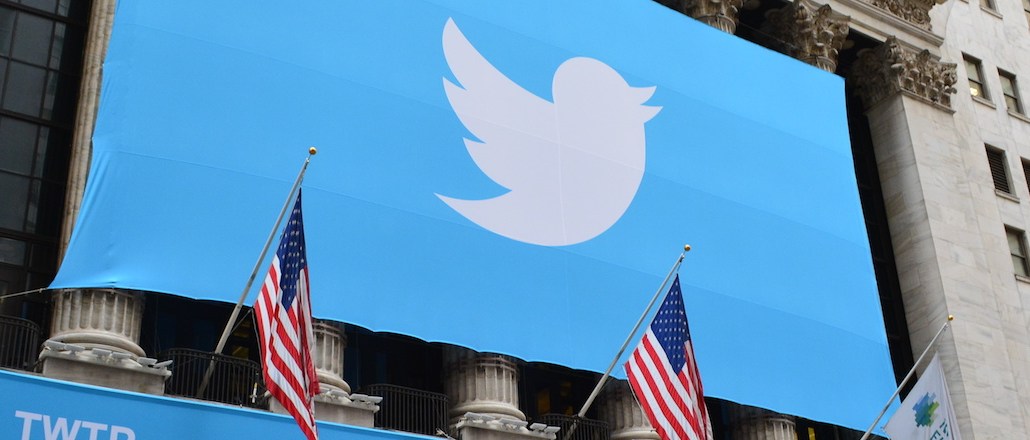
Twitter’s mobile ad exchange has found that publishers make a lot more money if they just get more personal. Instead of holding an open auction for every bit of ad space, app publishers should forge special relationships with some buyers to offer them first dibs on premium positions for the most valuable users.
The insights come from Twitter’s latest quarterly report, revealing for highlighting what’s been working on its MoPub advertising exchange, which connects more than 30,000 app publishers with more than 150 ad buying platforms.
“We see a lot of activity that can point to key trends in the ad ecosystem,” said Jeff Cunning, MoPub’s product marketing manager. “The key headline we’re leading with is how programmatic is getting personal.”
Programmatic buying typically has been seen as an impersonal process, where publishers and ad buyers hardly have to talk and machines do the trading. However, the rise of private exchanges is making it possible for publishers and brands to establish closer ties, trade the most desirable ad inventory, and do it with the benefits of automation provided by programmatic.
Looking through the second quarter numbers, MoPub is seeing that publishers have the most success selling through open auctions with a mix of private marketplace deals. The exchange also saw a rise in new ad formats, and a rise in brands advertising on mobile, according to the report.
Here’s a look at a few of the biggest shifts in app advertising, according to MoPub:
Apps get more revenue with private marketplaces.
Publishers with private marketplaces grew ad revenue 93 percent faster than publishers only selling in open exchanges. The publishers with private exchange capabilities are able to sell that inventory at a higher rate because they guarantee certain advertisers the rights to the audience that most appeals to them — say, women 24 to 35 years old. The publisher can set that coveted pool of users aside and gives the brand some certainty that it can reach its campaign goals. Twitter doesn’t name the publishers in this report, but it found that one of the top apps on the platform saw mobile ad revenue rise 78 percent quarter over quarter thanks to private marketplace deals.
Ad position: web_incontent_pos1
It’s all about video, native and interstitials.
These formats saw big growth last quarter as more publishers introduced more inventory for these types of ads. Publishers with native ad inventory grew tenfold year over year. Publishers with interstitials and video formats grew 50 percent year over year. In response, the ad buying platforms are supporting those formats more. Video and native ads rose 150 percent, and interstitials were up 60 percent on demand side platforms. More competitions for these ad formats led to higher pricing, up between 30 to 40 percent across the board.
Location is nice to know.
Well, publishers who include a person’s precise location see 8 percent higher ad prices.
Brands ramp up spend.
The top 25 brands buying through MoPub increased their advertising spend by 112 percent, year over year, last quarter. Also, a greater portion of the ads being sold are for brand advertising rather performance-driven marketing. Brands accounted for 87 percent of the ad spend on private marketplaces last quarter compared to 13 percent from performance marketers.
The private selling is just better.
Again, Twitter doesn’t name the publishers or brands in its report, but in one instance of a top app and top ad buyer, it found a higher click through rate and a lower cost per click thanks to a private marketplace set-up. The demand side platform made an arrangement to buy premium inventory through the private market, getting access to an exclusive pool of inventory. These more-targeted ads meant users clicked through three times more compared to inventory bought through an open exchange. Also, the cost per click was 44 percent lower on the private marketplace.
More in Media

NewFronts Briefing: Samsung, Condé Nast, Roku focus presentations on new ad formats and category-specific inventory
Day two of IAB’s NewFronts featured presentations from Samsung, Condé Nast and Roku, highlighting new partnerships, ad formats and inventory, as well as new AI capabilities.

The Athletic to raise ad prices as it paces to hit 3 million newsletter subscribers
The New York Times’ sports site The Athletic is about to hit 3 million total newsletter subscribers. It plans to raise ad prices as as a result of this nearly 20% year over year increase.

NewFronts Briefing: Google, Vizio and news publishers pitch marketers with new ad offerings and range of content categories
Day one of the 2024 IAB NewFronts featured presentations from Google and Vizio, as well as a spotlight on news publishers.
Ad position: web_bfu